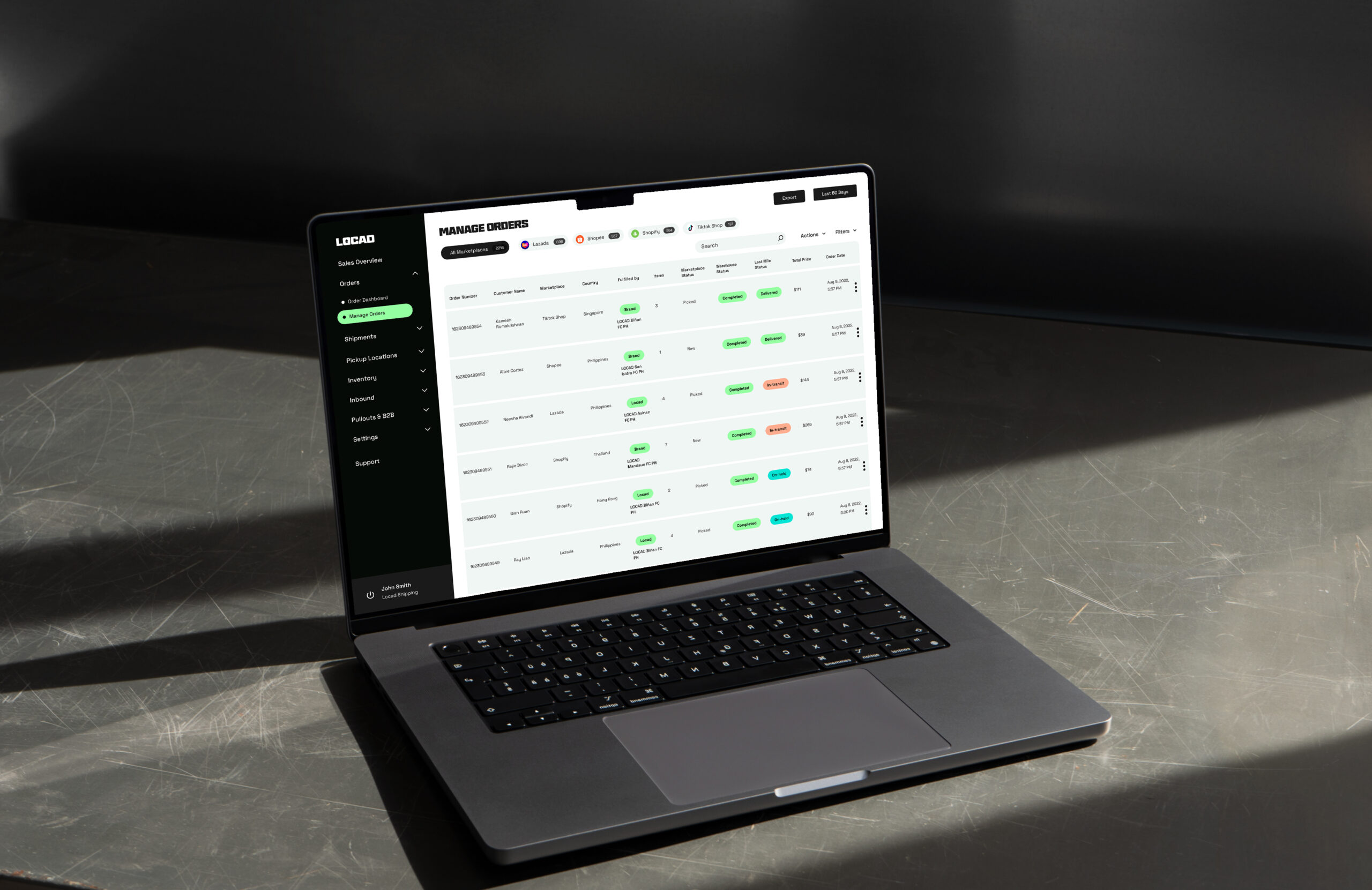Arun Xavier, Category Director for Logistics and Supply Chain at GEP
Sustainability projects across the supply chain have drawn the attention of executives and consumers in the last year. COVID-19 has had a massive impact on the way organisations as well as everyday people see the world. In crisis, when supply chains are shifting and transforming, procurement has the ability to step up and lead the drive to more sustainable supply chains.
When trying to reach their sustainability goals companies usually look at their products and packaging, specifically if they are recyclable and what materials are they using. Very often, however, the mode of transport takes second place. In addition, the scope within materials handling equipment shouldn’t be forgotten. Last but not least, suppliers’ engagement is vital. ‘Many organisations require their suppliers to be part of sustainable projects,’ says Arun Xavier, Category Director for Logistics and Supply Chain at GEP. As an example he gives How2Recycle program that runs in the U.S. and Canada where companies use clearly marked labelling to help consumers to recycle better and also require their suppliers to adopt this program. Similar programs exist in the EU and the UK too.
Better Control
Large organisations are faced with the problem of controlling their suppliers and monitoring the quality of the whole network. There are usually two ways to do that. One is by incentifying partners to stick to pre-agreed frameworks. Walmart, for example, actively seeks suppliers who are performing well in terms of sustainability and works with them. For Xavier this method is used most often when the relationship is new and trust is being built. On the other hand, some manufacturers opt to penalize poorly performing suppliers. Both tactics can be used depending on the case.
The biggest challenge at the moment is to modify the whole network and incorporate resilience and agility in operations. GEP has been working with its clients to create energy efficient designs as a part of their projects. It’s possible because in recent years, and especially because of COVID-19, organisations have sought out the procurement department more. Xavier is certain that procurement is responding and leading the transformation successfully.
Managing change
Typically manufacturers and retailers are those who take the lead when it comes to executing transformations along the supply chain. Xavier also points to the role of governments and regulators who can nudge a change in the industry by adopting a specific policy. For example, many companies have decided to look for sustainable energy sources like solar power because of government incentives. However, Xavier believes governments cannot subsidise everything and organisations need to be responsible for the way they move towards sustainability.
In Europe governments have traditionally been more keen to regulate the market. In the USA it is expected that the new Biden administration will be more proactive on that front too. The new American administration is committed to building more sustainable energy sources and EVs are picking up.
Consumers
The role of the consumers is also important. As sustainability has become a major topic more and more people are interested in the way brands procure goods. They are creating more pressure on organisations who need to follow stricter rules, even if they are not laws but only social norms. ‘Consumers have started to value cooperation and look at what is the social impact of sourcing strategies,’ says Xavier.


